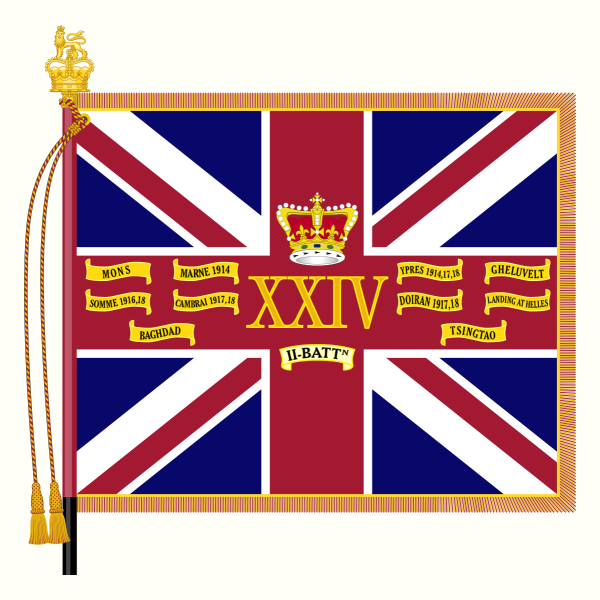Text from The Saint Andrew Daily Missal,
unless otherwise stated.
Our Lady of Ransom.
Feast Day 24 September.
Greater-Double.
White Vestments.
Our Blessed Lady of Mercy.
Illustration: TRANSALPINE REDEMPTORISTS
The Web-Site of The Mercedarian Friars is at
In consequence of this, on 10 August 1218, King James of Aragon established The Royal, Military and Religious Order of Our Lady of Ransom (Editor: The Mercedarian Friars), and granted to its Members the privilege of bearing on their breasts his own Coat-of-Arms.
Most of them were Knights, and while the Clerics recited The Divine Office in The Commanderies, they guarded the coasts and delivered prisoners. This pious work spread everywhere and produced heroes of Sanctity and men of incomparable Charity and Piety, who devoted themselves to the collection of Alms for The Ransom of Christians, and who often gave themselves up as prisoners to deliver captives.
This Feast, originally kept only by The Order, was extended to the whole Church by Pope Innocent XII in the 17th-Century.
Mass: Salve, Sancta Parens.
Creed.
Preface: Of The Blessed Virgin Mary: "Et te in Festivitáte".
Royal, Celestial and Military Order
of Our Lady of Mercy and The Redemption of Captives.
Ordo Beatae Mariae de Mercede redemptionis captivorum.
English: Coat-of-Arms of The Mercedarians.
Català: Escut de la Orde de la Mercè.
Español: Escudo de la Orden de la Merced.
Date: 6 April 2011.
Source: [1].
Author: Heralder.
(Wikimedia Commons)
The following Text is from Wikipedia - the free encyclopaedia.
The Feast of Our Lady of Ransom is a Roman Catholic Liturgical Marian Feast on 24 September, a Double Major Ranking of Liturgical Days in The Roman Rite, commemorating The Foundation of The Mercedarians.
On 10 August 1223, The Mercedarian Order was legally constituted at Barcelona, Spain, by King James of Aragon, and was approved by Pope Gregory IX on 17 January 1235. The Mercedarians Celebrated their Institution on the Sunday nearest to 1 August (on which date, in the year 1233, The Blessed Virgin was believed to have shown Saint Peter Nolasco The White Habit of The Order), and this custom was approved by The Congregation of Rites on 4 April 1615 (Anal. Juris Pont., VII, 136).
But The Calendar of The Spanish Mercedarians of 1644 has it on 1 August as a Double. Proper Lessons were approved on 30 April 1616. The Feast was granted to Spain (The Sunday which was nearest to 1 August) on 15 February 1680; to France, 4 December 1690. On 22 February 1696, it was extended to the entire Latin Church, and the date changed to 24 September.

The Mercedarians keep this Feast as a Double of The First-Class, with a Vigil, Privileged Octave, and Proper Office, under the Title: "Solemnitas Descensionis B. Mariæ V. de Mercede".
Our Lady of Ransom is The Principal Patron of Barcelona: The Proper Office was extended to Barcelona (1868) and to all Spain (Double of The Second-Class, 1883).
Sicily, which had suffered so much from the Saracens, took up the old date of The Feast (Sunday nearest to 1 August) by permission of The Congregation of Rites, since 31 August 1805 (Double Major), Apparition of Our Lady to Saint Peter Nolasco in The Choir of Barcelona, on The Sunday after 24 September.
In England, The Devotion to Our Lady of Ransom was revived in modern times to obtain the rescue of England as Our Lady's Dowry.




























